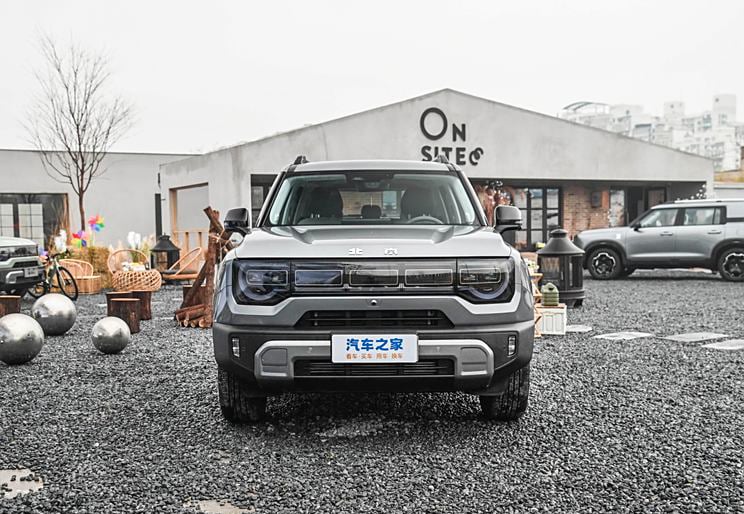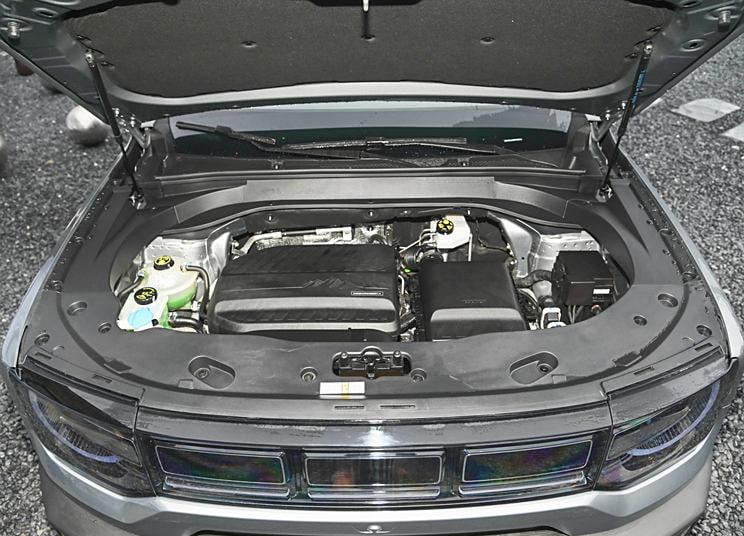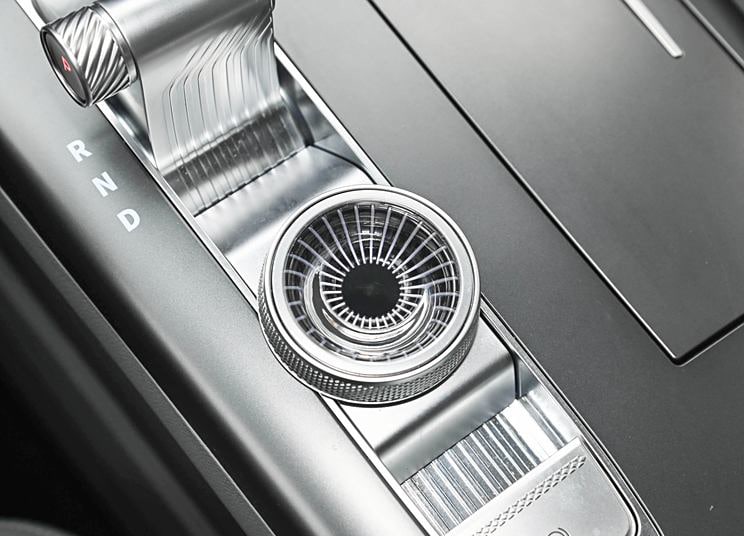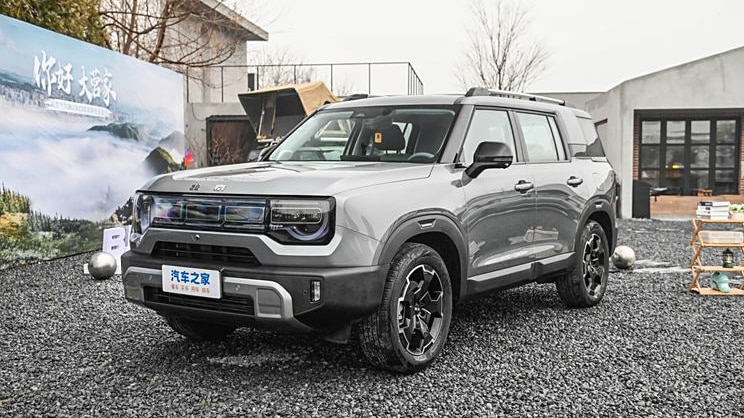BAIC launches 2nd gen BJ30 with hybrid version
BAIC today officially launched the second generation Beijing BJ30. Using a load-bearing body structure it’s positioned as a light off-road vehicle and comes in both 2WD and 4WD versions. The latter uses a hybrid system known as magic nuclear drive – don’t ask! There are five model in the range and prices range from 99,900 to 136,900 yuan (13,800 – 18,900 USD). Models are as follows:
| Karuno Air | 99,900 yuan (13,800 USD) |
| Karuno Pro | 109,900 yuan (15,200 USD) |
| Karuno Max | 119,900 yuan (16,550 USD) |
| Magic Nuclear Drive Standard (2WD) | 125,900 yuan (17,400 USD) |
| Magic Nuclear Drive Advanced (4WD) | 136,900 yuan (18,900 USD) |
The Beijing BJ30 looks a lot more contemporary and ready for off-road action than the first generation car, whose production ceased last year. At the front it retains the classic five hole grille style although the holes at each end incorporate the headlights. Going with the off-road aesthetic there is chunky black cladding around the bottom of the car and both the front and rear have skid plates. Overall the design has the look of a typical modern boxy hard-core off-roader but is on the generic side.
Dimensions are 4730, 1910 and 1790 mm (l/w/h) and the wheelbase is 2820 mm. Meanwhile the approach angle is 25° while departure is 30° and maximum ground clearance is 215 mm. Higher spec models get 19-inch wheels while the Air and Pro make do with 18-inch wheels.




All the Karuno versions are powered by a A156T2H four cylinder 1.5T petrol engine which delivers 138 kW maximum power and 305 Nm torque. This version is believed to be front wheel drive. While the HEV (magic nuclear drive) versions use the same engine it supplies a maximum of 116 kW power and 235 Nm torque. There is then a front mounted electric motor with 130 kW power and 315 Nm torque and in the case of the 4WD version (Magic Nuclear Drive Advanced) an additional 55 kW rear mounted electric motor with a maximum torque of 135 Nm. The system combined figure for the 2WD is 246 kW power and 550 Nm torque while for the 4WD it’s 301 kW power and 685 Nm torque. Top speed for the hybrid versions is 170 km/h compared to 190 km/h for the petrol car. Additionally the hybrid uses a 2-speed hybrid gearbox (DHT) whereas the petrol has a seven-speed wet dual clutch unit.

Inside the Beijing BJ30 has quite a clean design with a 10.25-inch instrument display and a 14.6-inch floating infotainment screen. The car’s system is powered by a Qualcomm Snapdragon 8155 chip. With the seats folded down there is 1496 liters of space, the seats fold flat with the bench coming up to aid this. The BJ30 comes with level 2.5 driving assistance features. There is also an ATS (all-terrain control system) with four off-road driving modes on the 4WD version.





Editor’s note:
If you glance at the Beijing Auto website the first picture of the BJ30 shows the car with a green license plate. This is highly misleading, the car does not qualify for such a plate and is an HEV not a PHEV. Quite what the battery size actually is in the car is currently unknown. Furthermore, it is actually quite strange that BAIC did not choose to make this car a PHEV which would most likely have helped both performance and sales.
Sources: Autohome, Beijing Auto, Dongchedi



